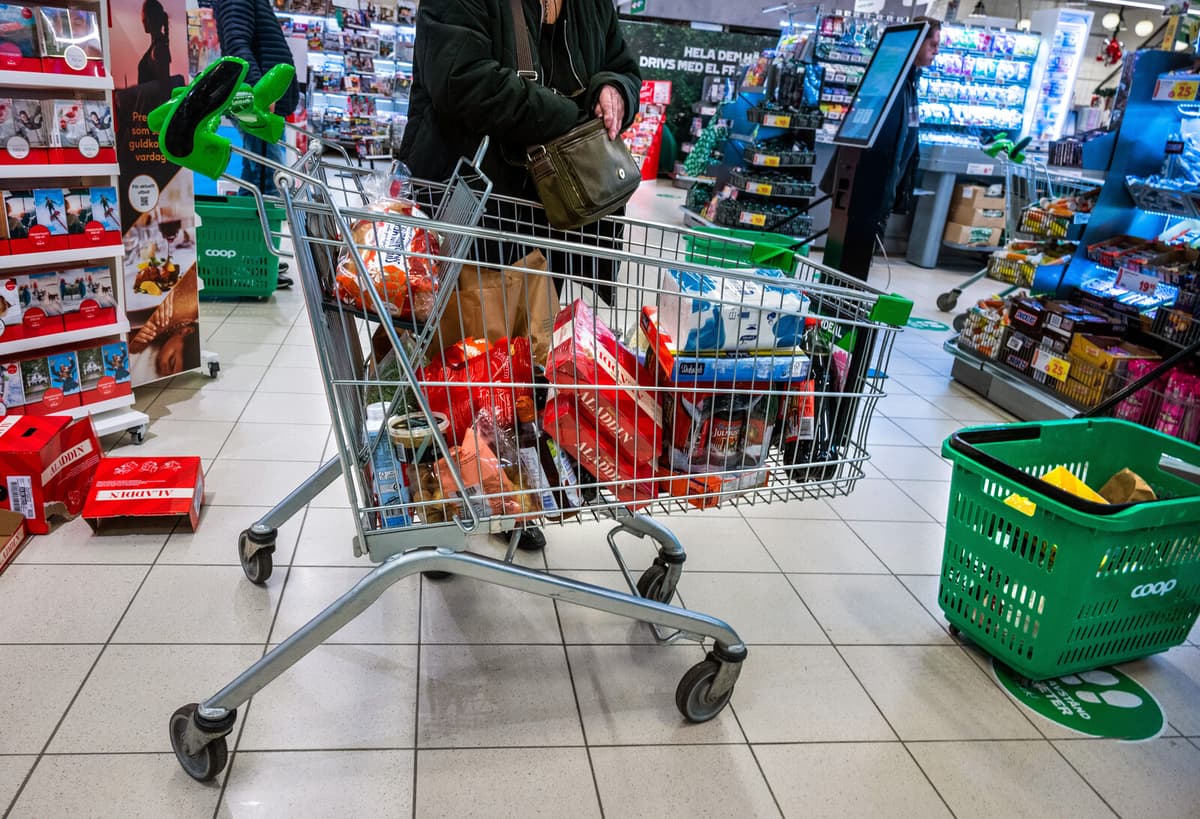Purchasing power and optimism are increasing among Swedish consumers – but households are expected to remain cautious, according to HUI Research, owned by the trade organization Svensk Handel.
One should remember that just because the Swedish Central Bank lowers the interest rate one day, it doesn't necessarily mean that purchasing power will suddenly become much better the next day, says Lindquist.
According to HUI, retail trade is pointing to a weak upturn. The recovery will be gradual and is expected to gain momentum during the second half of 2025.
During the year, the higher cost level in retail trade has affected different sectors. The industries that have fared the worst are those selling durable goods – such as home electronics, furniture, and interior design. The reason is that households have had to prioritize their consumption.
It's easier to postpone purchases of a sofa or TV when the economy has been very strained, says Lindquist.
Full speed ahead for low prices
But as purchasing power increases, a upswing is expected next year. According to HUI, the entire durable goods trade is expected to grow by 4.5 percent in 2025 – after nearly three tough years.
In the trade with a broad range of products – where low-price actors are found – the situation has been different. And it is expected to continue when consumers become more price-conscious.
Low prices have gone very strongly forward and have made an incredible progress, says Lindquist.
"Lipstick effect"
Cosmetics and beauty have also done well. It's a so-called "lipstick effect" – where many consumers try to indulge in some small everyday luxury when the economy is strained.
The daily goods trade has developed more strongly than the durable goods trade in recent years. During 2025 and 2026, price increases are expected to stabilize at around 1 percent – sales growth is expected to come primarily from increased sales volumes, rather than inflation.
But caution among households is expected to persist – despite a brighter economic outlook. More money in the wallet may rather result in savings for unexpected expenses. Caution and price-consciousness are expected to become guiding principles going forward, according to HUI.
I still believe that the willingness to spend can be quite low and price-consciousness will be very central going forward, says Lindquist.





